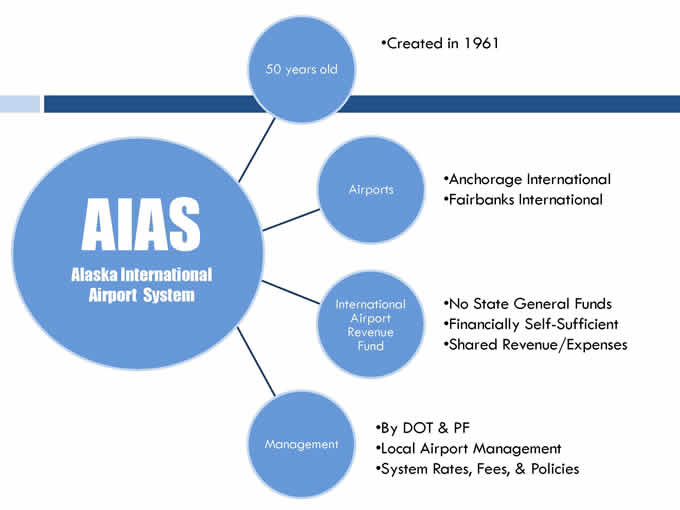Operating Agreement and Passenger Terminal Lease (OAPTL)
Opportunities for conducting air carrier operations at the Alaska International Airport System (AIAS), which includes Ted Stevens Anchorage International Airport (ANC) and Fairbanks International Airport (FAI), are available at various levels. These range from local air guides, air taxis, and charter services to large-scale national and international passenger and air cargo operations.
The relationship between air carriers and the airport is formalized through one of several contractual agreements. These agreements cover a range of operational issues, such as land and terminal use, facility development, rent, insurance requirements, and authorized activities. They also ensure the reporting of key operational data, including landing, passenger and cargo details, aircraft parking, and fueling activities. Additionally, airline agreements can allow air carriers to establish accounts for managing and paying their financial obligations to the airport.
All users operating aircraft with a Certified Maximum Gross Take-off Weight (CMGTW) of 6,000 pounds or more must report their landings and pay the associated landing fees.
Various types of airline agreements are available, tailored to factors like the size of the aircraft, the frequency of operations, and the services offered. Signatory airlines, which have executed formal agreements, benefit from different rates compared to non-signatory airlines. Airport personnel are available to assist in determining the most suitable agreement(s) based on your proposed operations.
Sample Operating Agreement and Passenger Terminal Lease
Sample Exhibits to Operating Agreement and Passenger Terminal Lease 4 MB
ANC FY23 Competition Plan Update

Questions or comments contact AIAS Staff
